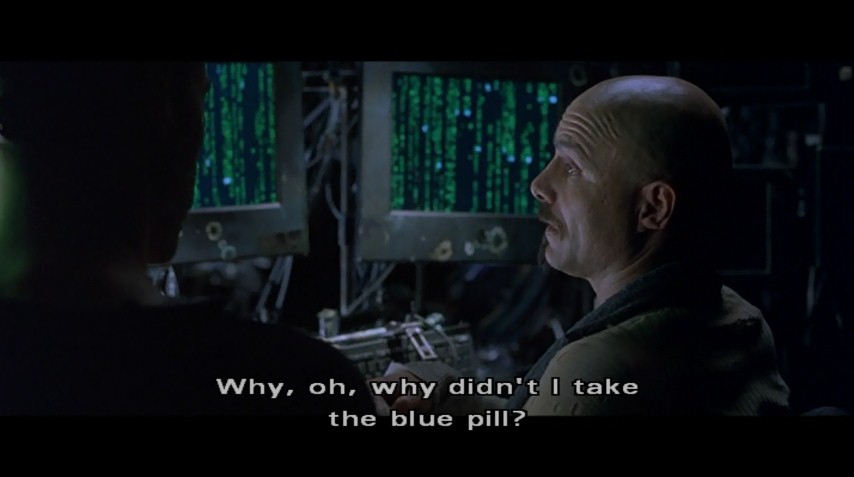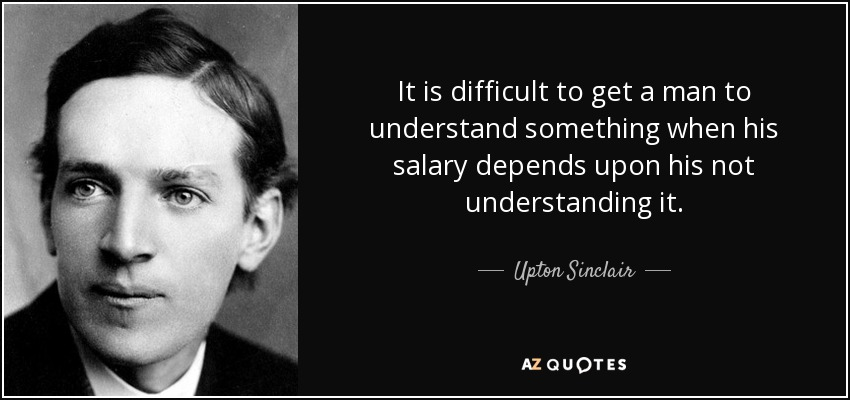
Here’s a question we get a lot: when does Bloomfilter fail?
The question isn't really about the platform, but about the philosophical limits of improving a complex business process. Sometimes the improvement sounds too good to be true. Can we actually make their processes more observable, predictable, and efficient? Can we save you money? Can we really introduce tangible, long-term change?
Our answer? We absolutely can — just as long as an organization and the people inside it are willing to adapt rather than maintain the status quo.
We’ll be the first to recognize that change isn’t easy. Even when you’ve already made the decision to audit your processes and rethink your long-standing practices, actually introducing that change can be difficult. That’s because the fiction of your status quo may sometimes be easier than looking than the reality.
At the very real risk of dating myself, think of the Matrix.

You may have very real reasons to take that red pill and plunge down the rabbit hole and see what is really happening. Maybe you’ve already noticed how faulty your current processes are, or maybe you’ve figured out that they aren’t sustainable. Maybe you’re just curious.
But once you do, you may not like what you see. You may even have some regrets.

That’s normal. It’s even expected. But in order for Bloomfilter to do its job, you have to be willing to look at hard truths about what is actually happening and go through the difficult process of changing them.
Of course, no matter how much people say they want to improve, there will always be those who would rather live in ignorance.
For example, I recently had an illuminating conversation with a Big-4 auditor who mentioned how much process mining scared them. They spend their time certifying that business processes are consistent and well managed. But, if you look under the covers (as process mining allows), it demolishes the necessary fiction (at least from a regulatory standpoint) that any company’s process is actually fixed and determinable. That means organizations can’t hide inefficient processes behind spot checks and documentation reviews. Everything — warts and all — is out in the open.
So, if you don't want to see what's actually happening and understand the reality of the situation, we may not be a fit.

Anyone who’s ever tried to introduce process improvements at their organization may find one or two of these familiar:
Our fundamental belief is that if an organization needs better predictability or efficiency in their software development outcomes, it is absolutely critical for them to observe and understand their process . Once they do this, they can drive continuous improvement.
Those folks who agree with us tend to love the platform — especially the observability that it provides. When they first start using Bloomfilter and discover the data they’ve been trying to uncover for years, I’ve even heard them describe it as a “Holy Grail.” Or, to go back to our Matrix analogy, it’s like when Neo is chasing the white rabbit, looking for something he has always known was there, but didn’t know how to access.

But first, you have to want to improve. You should be excited to learn the truth of what’s actually happening. And you should see it as the opportunity it is to get better results — both for your organization and your career.